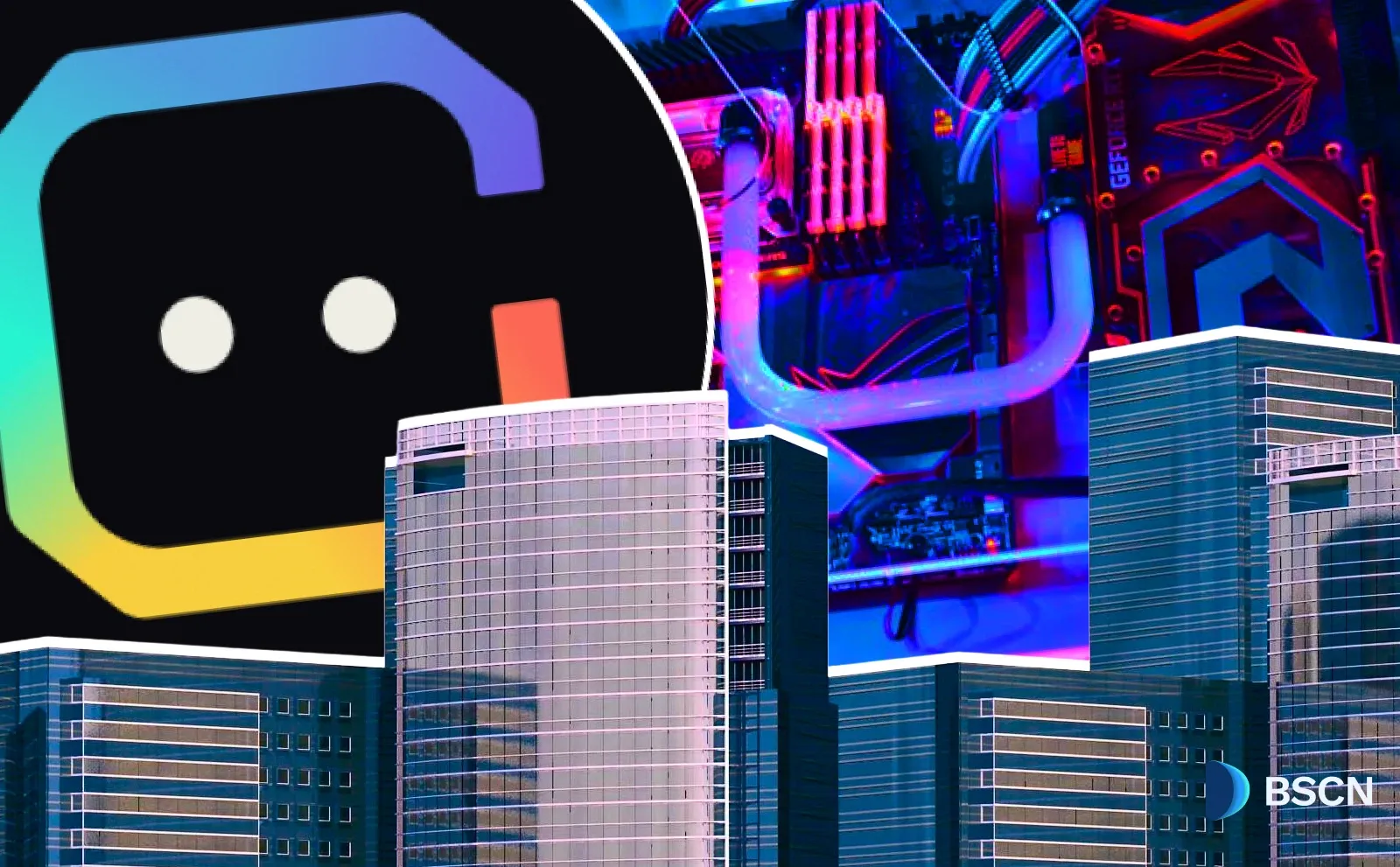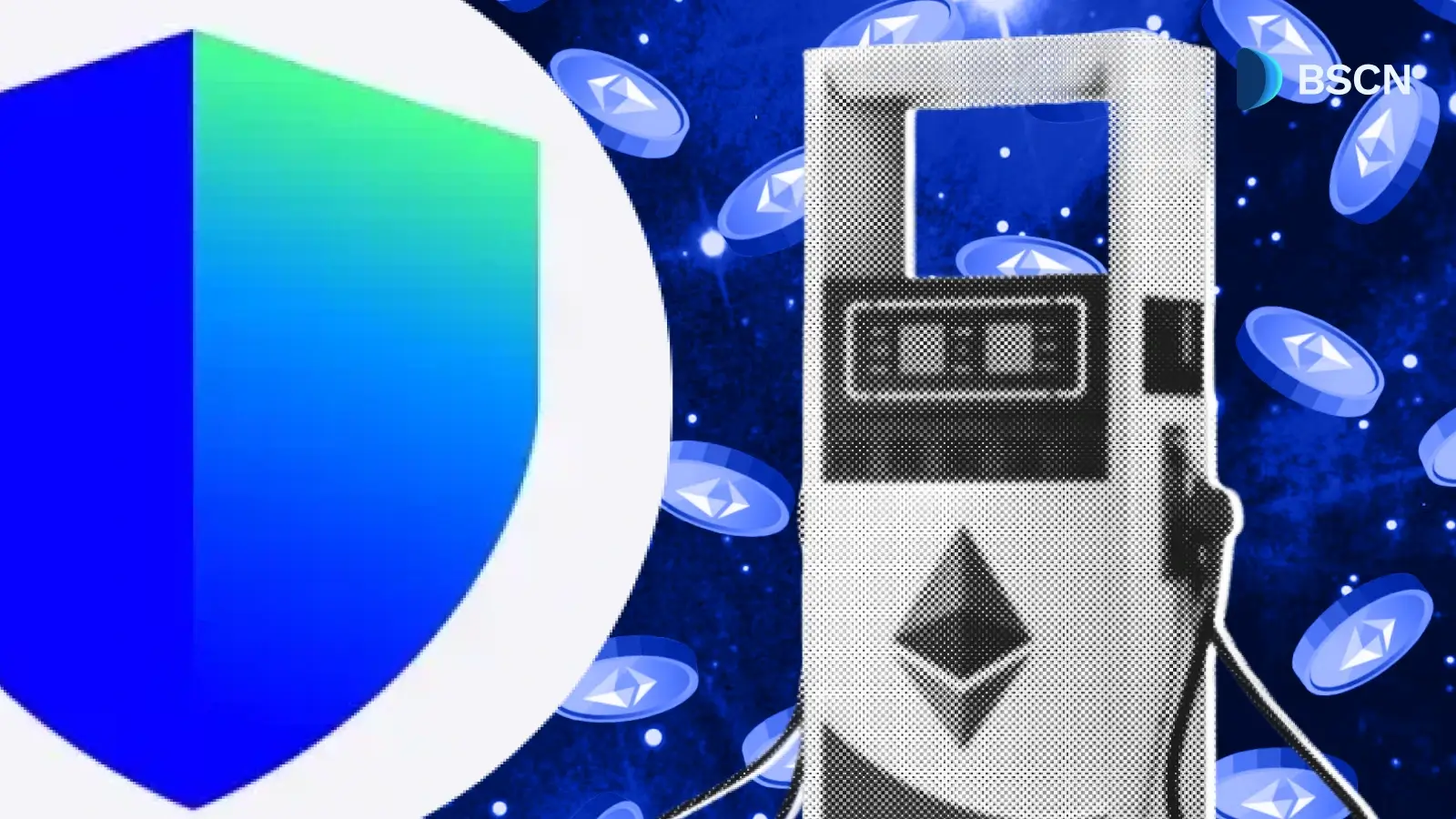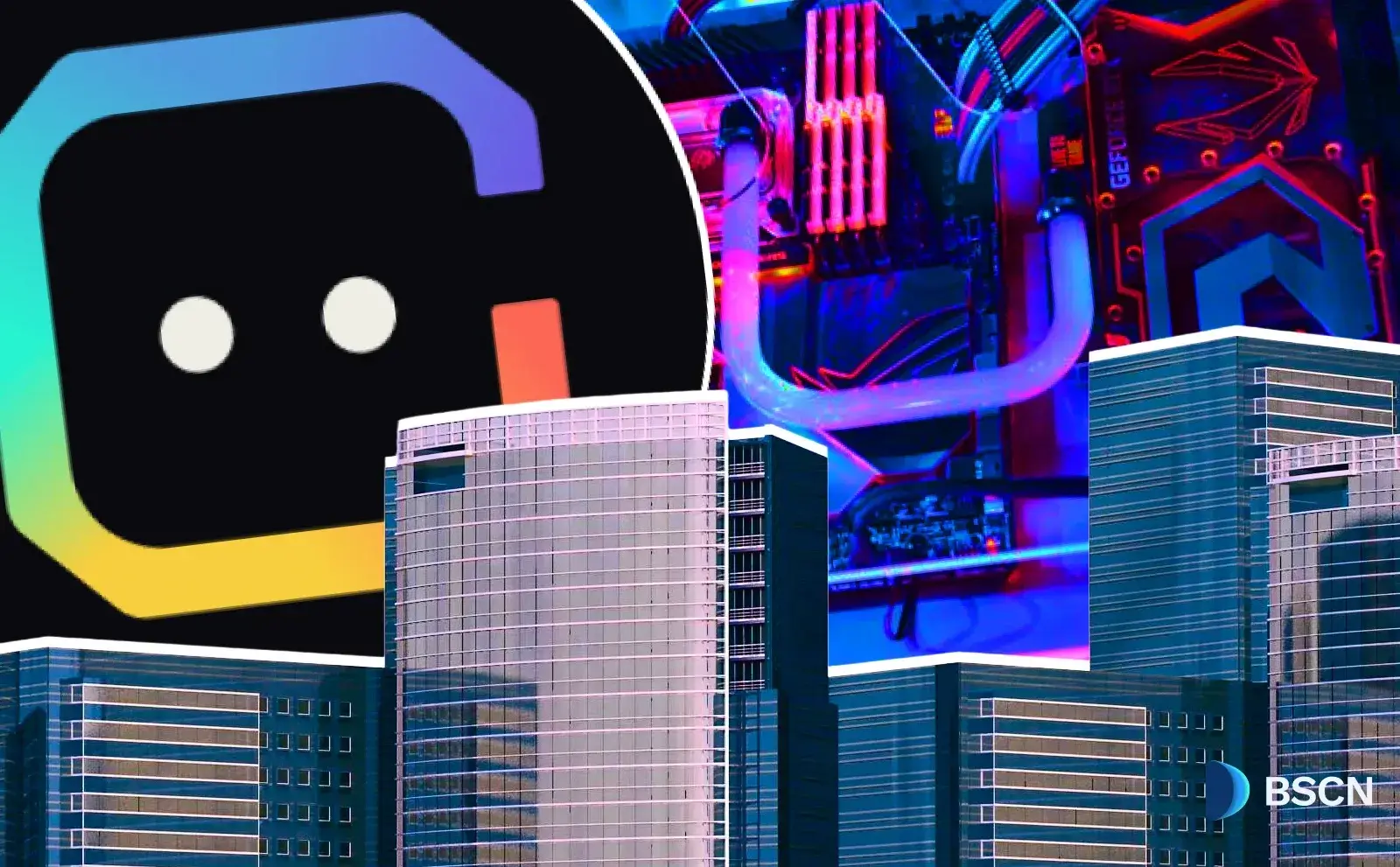News
(Advertisement)
CZ Says Binance’s Token Listing Process is "Broken" – Here’s Why

The exchange announces new listings only four hours before trading begins, often leading to price surges on decentralized exchanges (DEXs) before centralized exchange (CEX) trading starts.
Soumen Datta
February 10, 2025
(Advertisement)
Table of Contents
Changpeng Zhao (CZ), the former CEO of Binance, has publicly called the exchange’s listing process “a bit broken.” His criticism highlights a key flaw: Binance announces listings only four hours before trading begins. This short window often leads to price surges on decentralized exchanges (DEXs), allowing early buyers to dump tokens on centralized exchanges (CEXs) at a premium.
This issue came into focus after Binance listed Test Token (TST), a token originally created for an educational tutorial. Despite CZ distancing himself from the token, its price skyrocketed.
CZ Calls Binance’s Listing Process “Broken”
In a post on social media platform X (formerly Twitter) on February 9, CZ pointed out how Binance’s listing announcement structure creates an uneven playing field.
“The notice period is necessary, but in those four hours, token prices go high on DEXs, and then people sell on CEX,” CZ wrote.
While acknowledging the need for some notice before listings, he warned traders about the risks.
“Not sure if there is a solution for this though. Just beware,” he added.
His statement comes amid growing concerns that Binance’s listing process allows market manipulators to profit at the expense of retail traders.
How Short Notice Listings Impact Token Prices
The four-hour notice period gives traders just enough time to take advantage of price inefficiencies:
Price Surge on DEXs – Once Binance announces a new listing, traders rush to buy the token on DEXs, driving prices up.
Dumping on CEXs – When trading begins on Binance, early buyers sell their holdings at inflated prices, leaving latecomers at a disadvantage.
This pattern has been observed multiple times, with TST being the most recent example. The token, initially meant for a tutorial, saw a rapid price increase before its listing on Binance, despite CZ and the exchange not officially endorsing it.
Competitive Pressure
CZ also addressed the broader question of how Binance selects tokens for listing. He noted that exchanges are in a constant race to offer popular assets, driven by user demand and trading volume.
“You might not like to hear this, but the truth is: exchanges must compete to list popular coins (with trading volume) as early as possible,” CZ explained.
This competition often results in fast-track listings, where the emphasis is on liquidity rather than project fundamentals. As a result, speculative assets, including meme coins, find their way onto major platforms.
Zhao advised crypto projects to focus on building rather than lobbying for exchange listings:
“If your coin is actively sought after by traders, you don’t need to talk to exchanges. As I always say, work on your project, not the exchanges.”
Is Binance Moving Away from Fundamentals?
CZ has long advocated for listing fundamentally strong projects, but the recent TST listing sparked debate over Binance’s selection criteria. Some in the crypto community questioned whether Binance is prioritizing hype over fundamentals.
Changpeng Zhao clarified that he had no involvement in TST’s listing and reaffirmed his stance on meme coins.
“Memes are fun, etc. It’s a cultural thing. I am not an expert in this area. There are plenty of die-hard defenders of memes. Don’t go against the community.”
While distancing himself from meme coins, he also stated that he has not personally invested in them.
“I haven’t bought a single meme coin so far,” he said.
However, he acknowledged that meme coins have become an integral part of the crypto market, and exchanges must cater to trader demand.
Memecoins and the Changing Exchange Landscape
Previously, securing a Binance listing required months of due diligence. Today, exchanges are listing new tokens—including meme coins—at a much faster pace.
This shift is fueled by:
Growing Demand for High-Volatility Assets – Many traders now chase speculative gains rather than long-term projects.
Ease of Token Creation – Platforms like Pump.fun allow anyone to launch a token in seconds, leading to an explosion of new coins.
Exchanges Competing for Trading Volume – CEXs are listing tokens faster to attract users before competitors do.
While this approach drives engagement, it also increases risks for retail traders who may buy into unsustainable hype cycles.
For now, Binance remains at the center of the debate over token listings. As the exchange continues to evolve, traders must remain cautious and conduct their own research before investing.
Read Next...
Disclaimer
Disclaimer: The views expressed in this article do not necessarily represent the views of BSCN. The information provided in this article is for educational and entertainment purposes only and should not be construed as investment advice, or advice of any kind. BSCN assumes no responsibility for any investment decisions made based on the information provided in this article. If you believe that the article should be amended, please reach out to the BSCN team by emailing [email protected].
Author
 Soumen Datta
Soumen DattaSoumen has been a crypto researcher since 2020 and holds a master’s in Physics. His writing and research has been published by publications such as CryptoSlate and DailyCoin, as well as BSCN. His areas of focus include Bitcoin, DeFi, and high-potential altcoins like Ethereum, Solana, XRP, and Chainlink. He combines analytical depth with journalistic clarity to deliver insights for both newcomers and seasoned crypto readers.
(Advertisement)
Latest News
(Advertisement)
Crypto Project & Token Reviews
Project & Token Reviews
Comprehensive reviews of crypto's most interesting projects and assets
Learn about the hottest projects & tokens
Latest Crypto News
Get up to date with the latest crypto news stories and events














